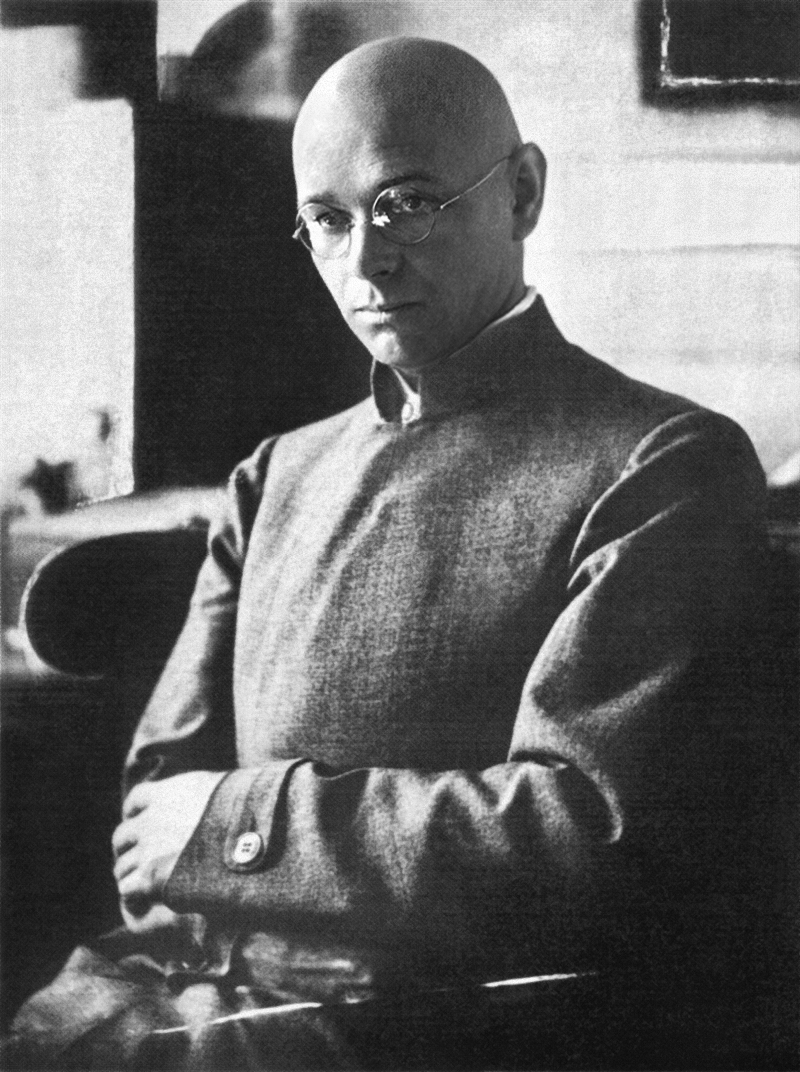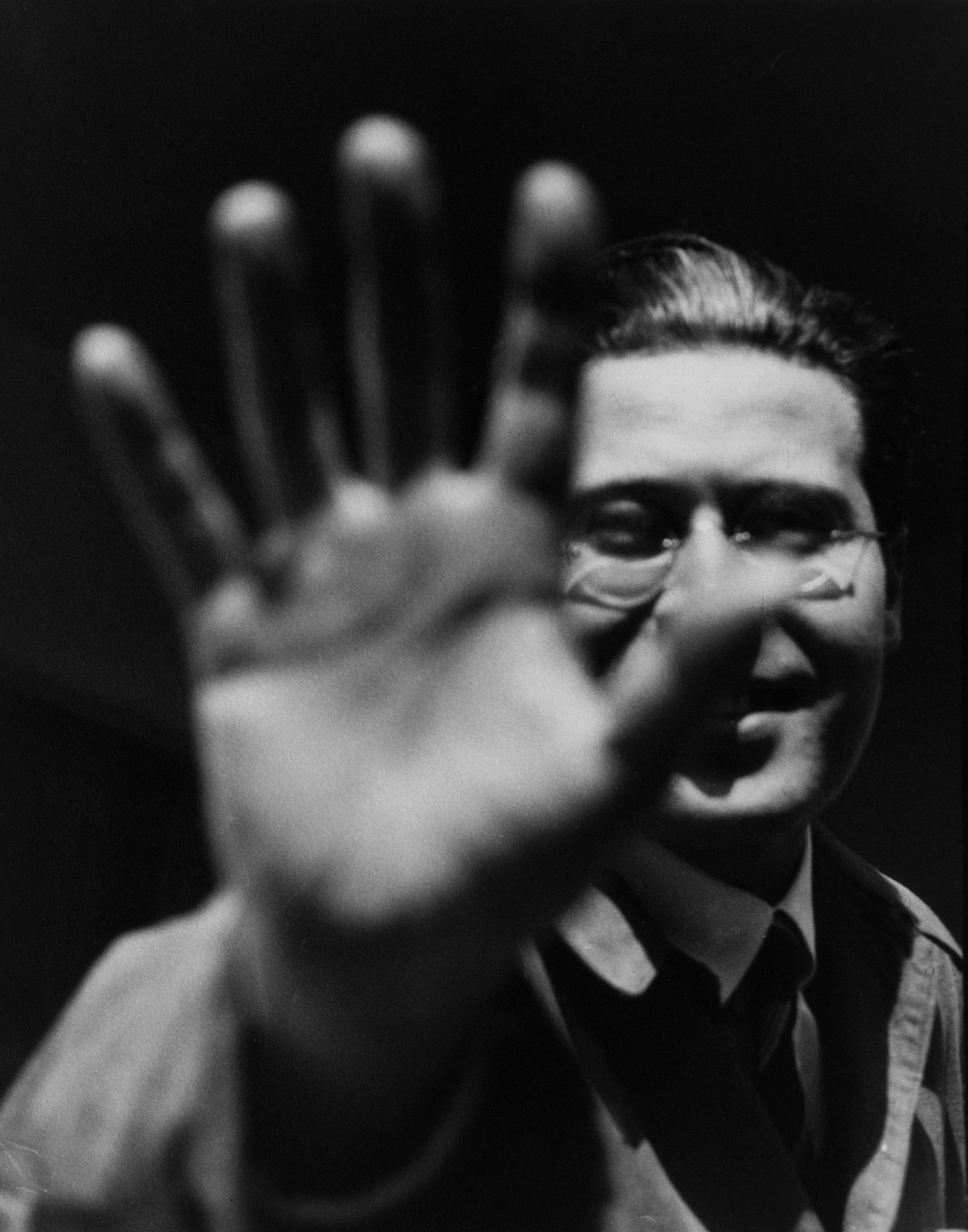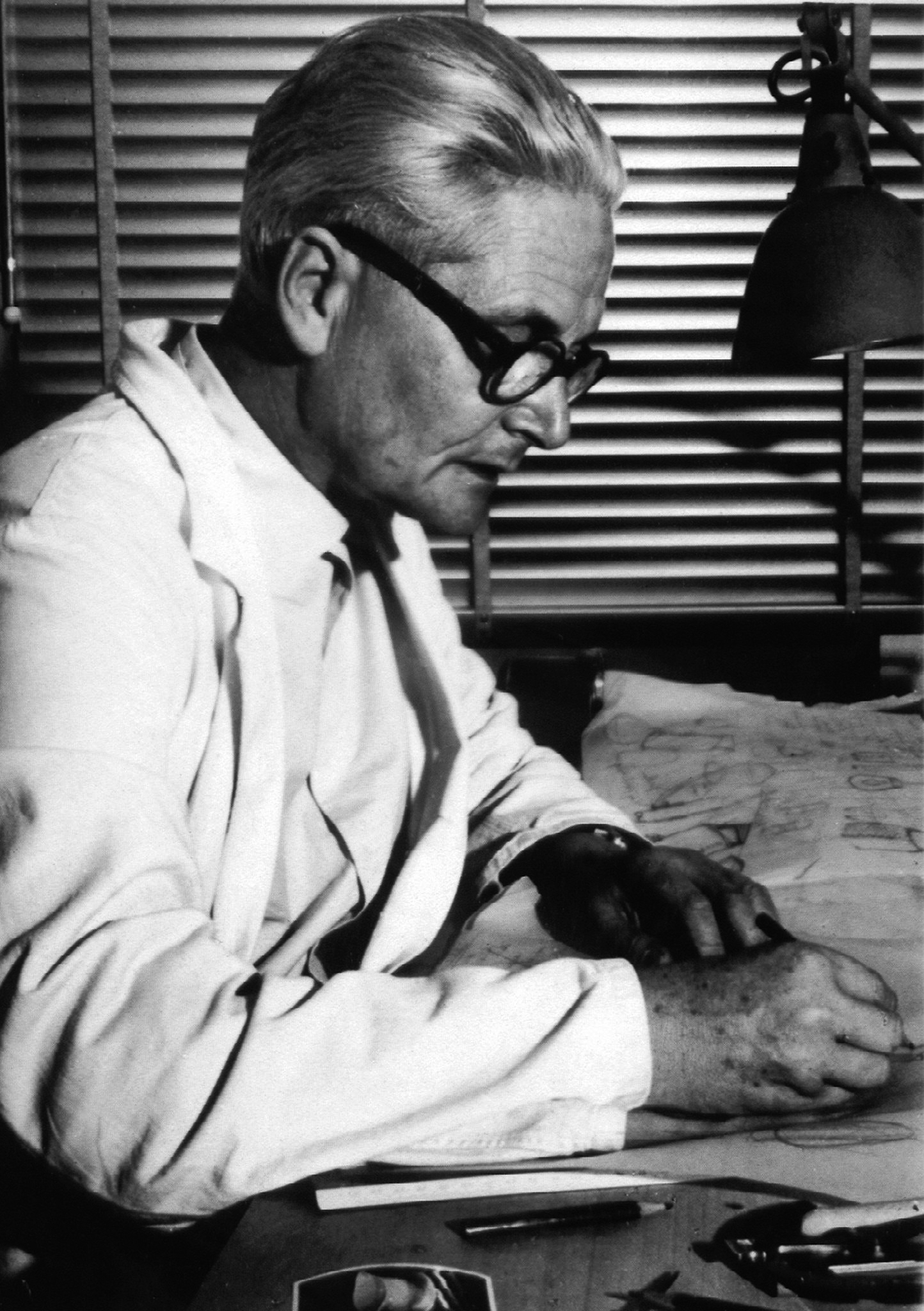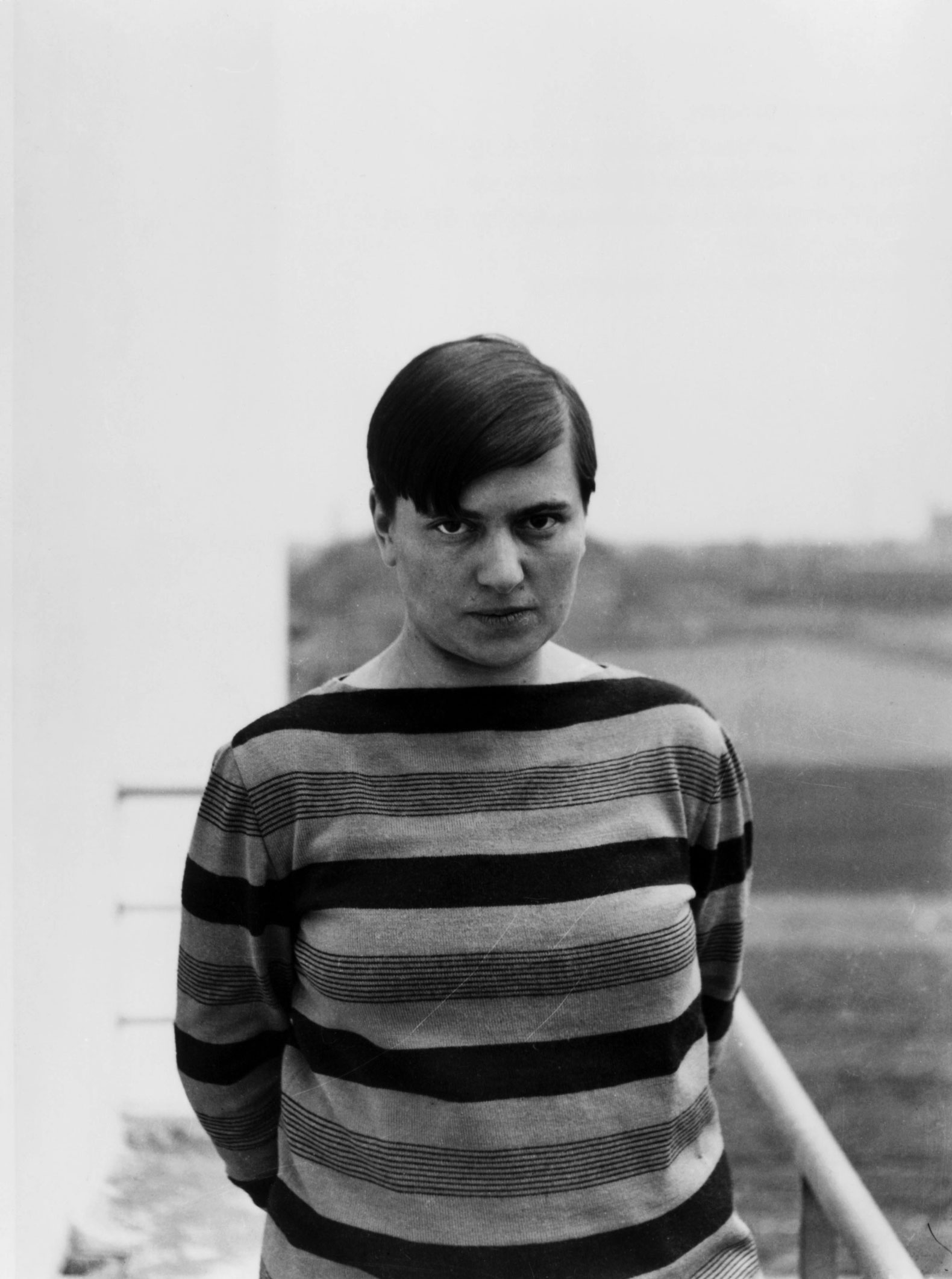In 1919, Walter Gropius founded the Bauhaus and established teaching through specialized workshops, in order to create a "type of worker, unknown until now, that is suitable for industrial and artisanal activity".(1) In the guidelines set for Gropius, we can find a type of creative people who had to become the seed of practical activities and work for the industry instead of competing with it.
In the Bauhaus metal workshop, the art of metallurgy was practiced, the ability to transform the state of solid matter, thanks to a high temperature, and modify its shape. This experimental character is attributed to the work of iron, lead and noble metals, since today, the memory of these ancient methods of production, of manufacturing and artisan workshops is disappearing.
During the first five years, the metallurgy workshop had only a very small percentage of the necessary electromechanical tools. In addition, contacts with producing companies that could show interest in the school's designs were very scarce before the Bauhaus moved to Dessau. In the metallurgy workshop, the concept of self-limitation was used: instead of large runs, they produced prototypes, and mass produced pieces were used instead of unique ones.(2)

Johannes Itten (1888-1967) painter, designer, teacher and writer.
Johannes Itten
The workshop began increase its importance in 1920, under the direction of Johannes Itten. With him at the wheel, production consisted mostly of useful containers: jugs, samovars, candlesticks, teapots, boxes and boats. While Itten was "master of form", the workshop worked on unique pieces that reflected his interest in the fusion of elementary forms and symbolic content within a rational construction.
In 1922, Johannes Itten left the direction of the workshop in protest against the change in the creative policy that Gropius proposed from that moment onwards, shifting the objectives of the workshop towards productivity, in order to achieve the results the authorities demanded from the school.

Lászlo Moholy-Nagy (1895-1946) photographer, painter, teacher and art theorist.
Laszlo Moholy-Nagy
In 1923, the workshop changed completely when Lászlo Moholy-Nagy took over after Johannes Itten's departure. The new head placed special emphasis on the topic of lamps. Gropius found in Lászlo Moholy-Nagy a master of form with an idea that allowed to focus experimental workshops on the creation of models that could be destined for industral production.(3) The workshop members had to re-adapt to these new techniques and work proposed by Moholy-Nagy, orienting all the objectives towards serial industrial manufacturing.
“We have devoted little to ornamental objects because they cannot be considered part of the elementary needs.” (4)
Laszlo Moholy-Nagy
Moholy-Nagy felt a great fascination for the phenomenon of light, his interest and proposals reached a climax with the experiments of the "light-space-modulator". From this stage are his attempts to dematerialize his own paintings as well as the creation of structure for his devices through the use of prototypes.
In 1926, he opted for a path more focused on the "needs of the people", the conditions of the new home, and how its standardized components would condition users.

Wilhelm Wagenfeld (1900-1990) industrial designer and pioneer of modern design.
Wilhelm Wagenfeld
The direction of the metallurgy workshop would pass on to Wilhelm Wagenfeld in 1926, who along with Marianne Brandt were the most prominent members of the metallurgy workshop.
The Bauhaus was often labeled as a "cold" instutition. At the time, the innovations he proposed were probably seen with fear, because of the elimination of everyday ornaments, the "empty" arabesques and the pursuit of a totally different objective. However, saying that a dish is “design” means that it is an impractical object and its appearance differs from its function. Wagenfeld made very simple forks and knives, which are marketed today by the WMF company in a version that differs slightly from the original. These cutlery has a form that responds strictly to its function, in no case they appear as extravagant instruments.
Wagenfeld was the first to achieve concrete proposals based on "constructive" premises. To achieve this, he combined the formation of the metal with a screen made of opaline glass, which is much better at dispersing light.
In 1927, table, wall and floor lamps began to appear on the market, most of them are classics today and their updates are still for sale. If in Weimar the production of the workshop focused on a small amount of candlesticks, while there were long discussions about the light and the symbolism of candles in churches, now the debates were focused on rational clarity and transparency.(5)
After World War II, Wilhelm Wagenfeld's would change direction but he kept hinting at the spirit of the Bauhaus:
"Tin bowls and plates belong to opposite worlds, worlds that symbolize their form ... The spirit that inspires us has a decisive importance for us: we rely on it to create, and not on the materials. These are always mere means that allow us to reach our goal ”(6)
Wilhelm Wagenfeld

Marianne Brandt
Marianne Brandt
Marianne Brandt took over the direction of the workshop in 1928, for just one year. She made 28 lamps and conducted technical experiments on lighting. She used metals with technical applications that had displaced non-ferrous metals, so appreciated during the Johannes Itten era, while smooth surfaces replaced artisanal structures.
Marianne Brandt created a lamp whose ontology contains the principles of the scattering of light and the projected form, while the light source itself, the bulb, was in the foreground. The technique was overrated and the function of the object was debatable, because the incandescent bulb shone too brightly.
From 1930 all the workshops would be integrated into one with the arrival of the new director of the Bauhaus, Mies van der Rohe.
NOTES.-
(1) Jeannine Fiedler, Peter Feierabend. "Bauhaus". Barcelona: Könemann, 2000, p. 427.
(2) Ibidem (1), p. 428.
(3) Ibidem (1), p. 430.
(4) Ibidem (1), p. 433. "Deutsche Goldschmiedezeitung, 1928, nº 13, p. 124."
(5) Ibidem (1), p. 434.
(6) Ibidem (1), pp. 430-431. "Wilhelm Wagenfeld, Wesen und Gestalt der Dinge um uns, Essays aus den Jahren 1938-1948. Wropswede, 1990."